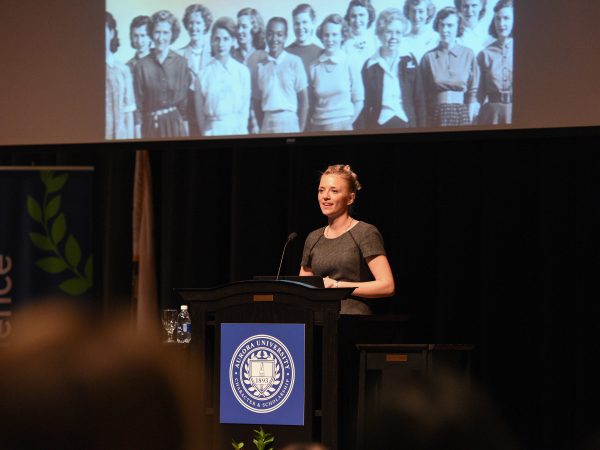

However, Holt relates a different narrative, one where women were integral to an overwhelmingly male field. The sciences are often perceived as a boy’s club, especially the sort of science that’s come to dominate the West Coast. Using only paper, a pencil, and their minds, these computers tackled complex mathematical equations. In fact, she approaches the story of JPL much like a historical novel, blending scholarship with a novelist’s eye for interiority and character. “Barbara thought of the family moments she was missing,” Holt writes, “but quickly had to focus and prepare for what they all hoped would be a history-making launch.”Īs the title implies, the book spotlights an overlooked but immeasurably integral part of America’s early space efforts: female “human computers.” As Holt notes,īefore Apple, before IBM, and before our modern definition of a central processing unit partnered with memory, a computer referred simply to a person who computes. Yet Holt doesn’t craft a dry piece of historical reportage.

Beginning in an America fin de siècle, pre-World War II, Holt moves from the wildcatting years of boys and their rocket toys to the burgeoning aerospace industry taking root throughout Southern California that eventually helped propel the red, white, and blue to the moon and beyond. Holt’s book documents the rise of Caltech’s Jet Propulsion Laboratory, one of the earliest American pioneers of rocket technology. Yet the gripe only focuses on a fraction of the achievement: yes, men have gone to the moon, but who helped them get there? More importantly, was it only men involved in this historical undertaking? In Nathalia Holt’s Rise of the Rocket Girls: The Women Who Propelled Us, From Missiles to the Moon to Mars, the answer is clear: behind every good man is an even greater woman.

A typical twentieth-century complaint: “If we can put a man on the moon, why can’t we do X?” If we can put boots on a heavenly body, why can’t the first few squares of toilet paper rip clean? Why can’t we stop M.


 0 kommentar(er)
0 kommentar(er)
